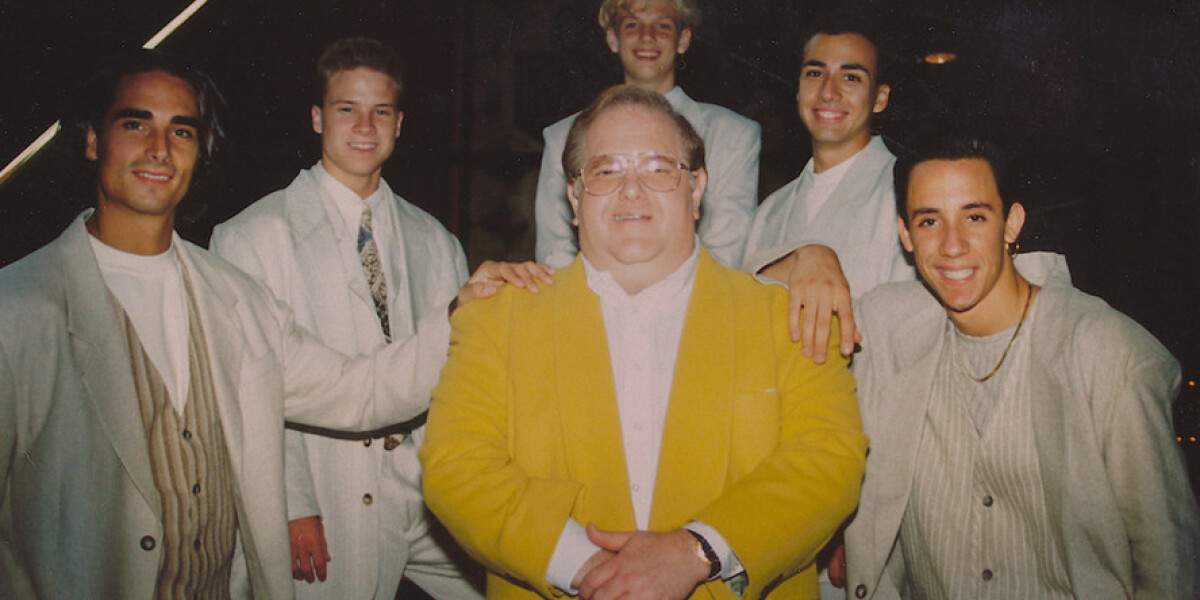The Sleep Apnea Devices Market consists of several distinct segments, each catering to specific diagnostic and therapeutic needs. Positive airway pressure devices remain the most widely used segment due to their effectiveness in improving airflow and reducing apnea episodes. Continuous improvements in CPAP, APAP, and BiPAP systems have strengthened their dominance, offering users portable, lightweight, and noise-minimized options. Another key segment includes oral appliances designed for patients seeking non-invasive alternatives. These devices reposition the jaw to maintain an open airway, making them ideal for individuals with mild to moderate sleep apnea. Additionally, the diagnostic segment has expanded with home sleep test kits that eliminate the need for overnight clinic stays. These kits provide accurate data collection, enabling physicians to diagnose apnea efficiently. With greater awareness and accessibility, the Sleep Apnea Devices Market continues to witness increased adoption across all segments.
Manufacturers are tailoring segment-specific solutions based on consumer needs and preferences. For example, therapeutic devices often incorporate moisture-control features and auto-adjusting pressure settings to enhance comfort. Diagnostic devices focus on precise data capture, utilizing innovative sensor technology to detect breathing irregularities, snoring intensity, and oxygen fluctuations. The increasing demand for customized therapy solutions encourages companies to expand their product offerings within each segment. For individuals who require mobility, portable CPAP machines and wearable diagnostic sensors provide greater flexibility. In clinical settings, full-polysomnography systems remain essential for complex cases requiring in-depth analysis. As each segment continues to innovate independently, the overall market benefits from the diversity of solutions available to patients.
FAQs
Q1. Which segment currently leads the market?
Positive airway pressure devices dominate due to their high effectiveness.
Q2. Are oral appliances effective for severe sleep apnea?
They are typically used for mild to moderate cases.








